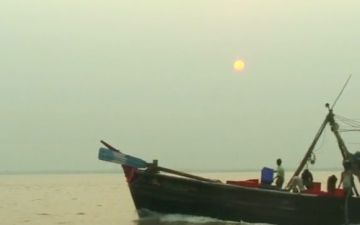Wells in Udupi
Sonali Kudva, Pulitzer Student Fellow
As I did my project, I began to become more aware of the different water issues we face in India. At a large-scale public level, we have problems like privatization, but on a smaller scale, just everyday life sometimes brings with it, its own sets of issues which contribute to the larger global water crisis.


